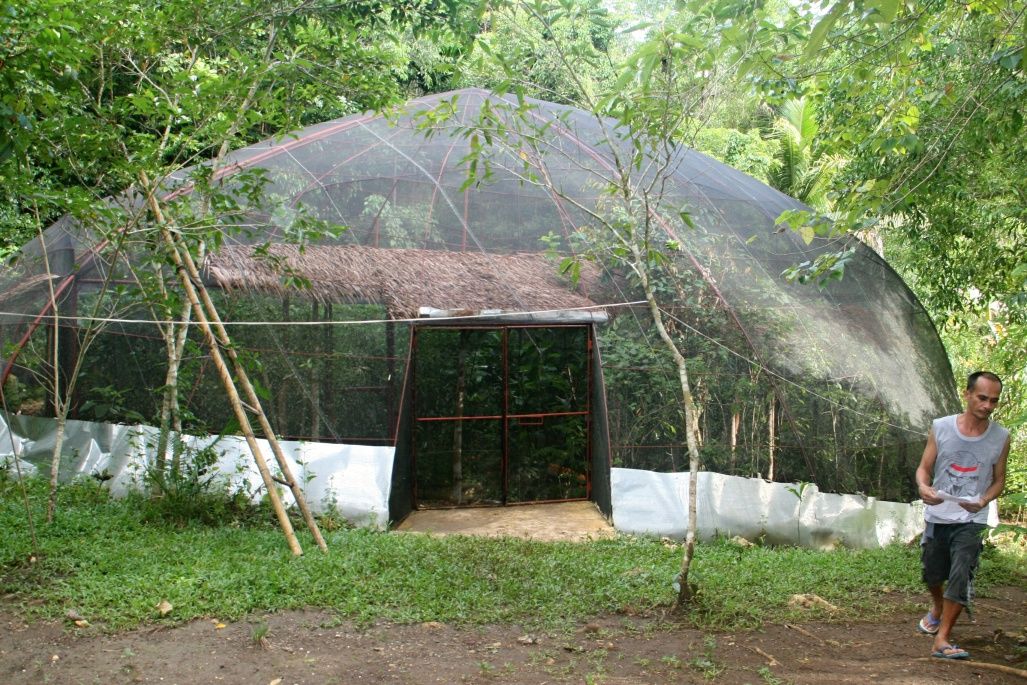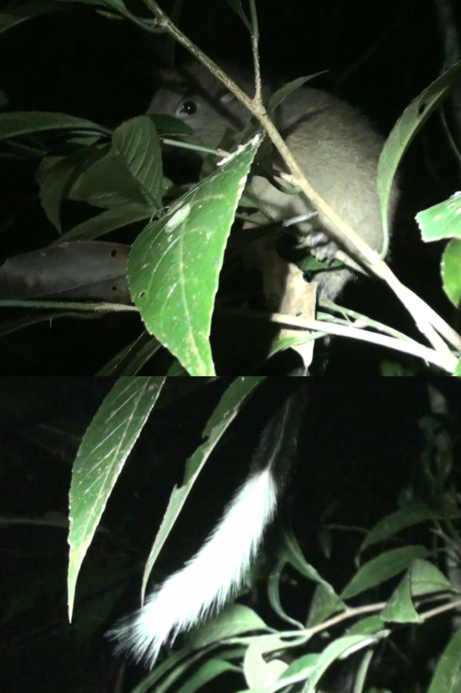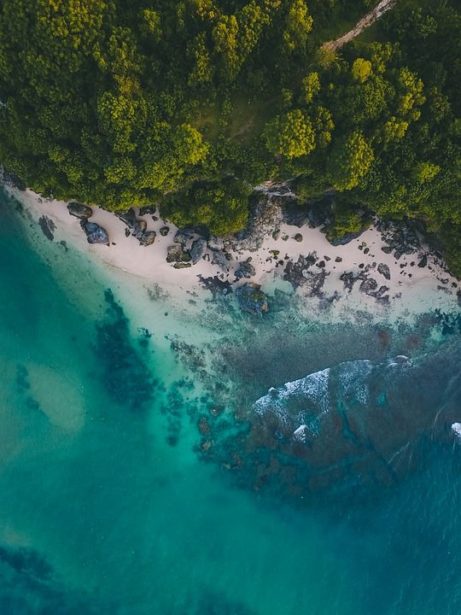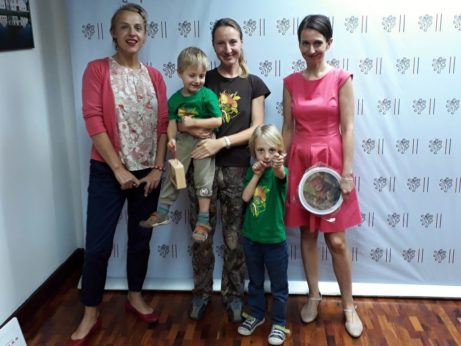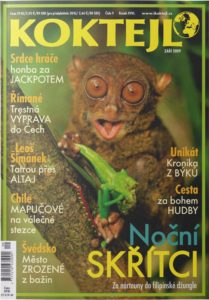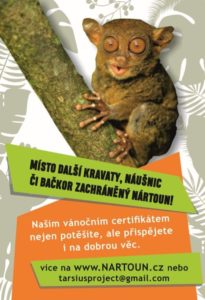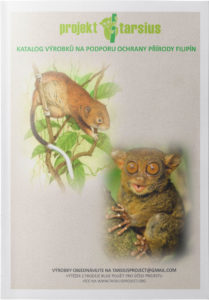First attempt to breed Philippine tarsiers in Tarsius Project Conservation Centre
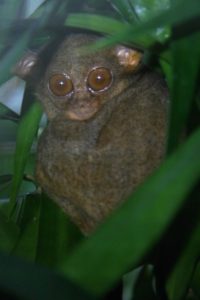 We succeeded to establish a conservation centre for the Philippine tarsier in Bilar, Bohol Island, with a huge effort of all people involved and a substantial support of some international organizations. A breeding enclosure is a part of this centre. Philippine tarsier have not been successfully kept and bred in zoos so far. Considering that the wild population is still declining we have attempted to establish a backup breeding colony group in our centre. We got our first pair of tarsiers, male Julius in 2014 and female Nina in 2015. They both do well and seems that are comfortable in our centre which itself is quite a success because tarsiers die very quickly in unsuitable conditions. Breeding of tarsiers is seasonal and it occurs around October. Therefore our animals were joined together at that time. Everything went fine and we observed them mating twice. Nina let us wait for quite a long time. Her pregnancy was revealed during regular weight check at the beginning of this year when she started gaining weight. We were closer to long awaited moment when the first tarsier will be born in our centre. Based on the literature and our observations from the wild we calculated that the birth should occur at the end of April. In the second half of April Nina started to change her behaviour and even switched her sleeping sites during daytime which was not observed before. During one regular evening feeding she was found on the ground very restless. It was a clear sign that day D is approaching. We set up the night vision cameras inside the enclosure and decided not to disturb her any more. And really, the next day we found her with a baby on her belly. It was a huge success and a very important step in all our effort. Our first pair, their first mating and after a half year of pregnancy we had the baby. In the evening when tarsiers wake up the female called a lot and everything seemed to be all right. We did not enter the enclosure or its proximity to not disturb her. Our happiness unfortunately did not last for long. The following day the baby was found dead on the ground below the sleeping site. Considering that we have not observed them the previous night it is very difficult or impossible to say if the baby was still born and the mother kept carrying him for the following day and night or if the baby died the next day after birth. From camera recordings it is obvious that the baby was dead the second night and the female still kept carrying him and she vocalized like if calling the baby which I observed also in a wild female who lost her baby due to predation.
We succeeded to establish a conservation centre for the Philippine tarsier in Bilar, Bohol Island, with a huge effort of all people involved and a substantial support of some international organizations. A breeding enclosure is a part of this centre. Philippine tarsier have not been successfully kept and bred in zoos so far. Considering that the wild population is still declining we have attempted to establish a backup breeding colony group in our centre. We got our first pair of tarsiers, male Julius in 2014 and female Nina in 2015. They both do well and seems that are comfortable in our centre which itself is quite a success because tarsiers die very quickly in unsuitable conditions. Breeding of tarsiers is seasonal and it occurs around October. Therefore our animals were joined together at that time. Everything went fine and we observed them mating twice. Nina let us wait for quite a long time. Her pregnancy was revealed during regular weight check at the beginning of this year when she started gaining weight. We were closer to long awaited moment when the first tarsier will be born in our centre. Based on the literature and our observations from the wild we calculated that the birth should occur at the end of April. In the second half of April Nina started to change her behaviour and even switched her sleeping sites during daytime which was not observed before. During one regular evening feeding she was found on the ground very restless. It was a clear sign that day D is approaching. We set up the night vision cameras inside the enclosure and decided not to disturb her any more. And really, the next day we found her with a baby on her belly. It was a huge success and a very important step in all our effort. Our first pair, their first mating and after a half year of pregnancy we had the baby. In the evening when tarsiers wake up the female called a lot and everything seemed to be all right. We did not enter the enclosure or its proximity to not disturb her. Our happiness unfortunately did not last for long. The following day the baby was found dead on the ground below the sleeping site. Considering that we have not observed them the previous night it is very difficult or impossible to say if the baby was still born and the mother kept carrying him for the following day and night or if the baby died the next day after birth. From camera recordings it is obvious that the baby was dead the second night and the female still kept carrying him and she vocalized like if calling the baby which I observed also in a wild female who lost her baby due to predation.
I do not have to emphasize how sad we are about this situation. So far, everything seemed to be going the right way. But we need to emphasize that we knew how challenging our goal is and that breeding of tarsiers can be really difficult. More than half of the tarsiers born in zoos in the past were stillborn or died the day after birth as in our case. Unfortunately, we were unlucky this time. The next mating season will be again in October, so the next attempt of breeding will be slowly approaching. We still believe that we will be successful.
Text and photo: Milada Řeháková, Tarsius z.s. & Zoo Ústí nad Labem
